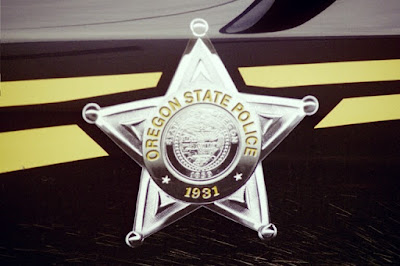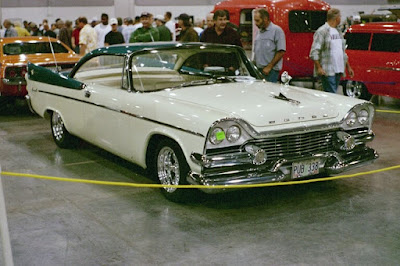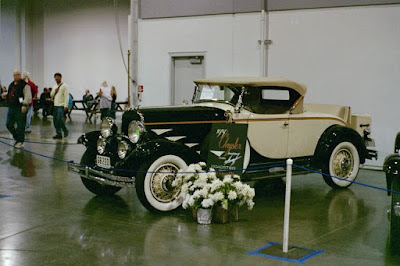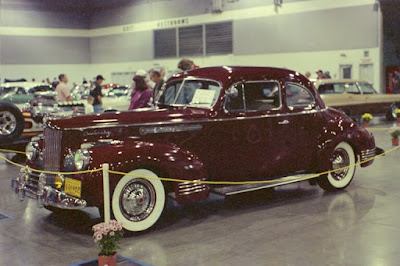Ford's Edsel is probably the most famous failure in the history of the American auto industry. That reputation was likely cemented by the unmistakably bizarre styling of the debut 1958 models. It wasn't simply the styling that made the Edsel infamous. Though promoted as revolutionary, beyond its unique look, the Edsel wasn't that different from the Ford and Mercury products it was based on.
The story of the Edsel began in 1954, when Ford planned to compete with General Motors by emulating GM's five-brand structure. The key to this plan was the addition of a new medium-priced marque between Mercury and Lincoln. With the addition of Continental above Lincoln, Ford hoped to match GM at every price point. After considering 6000 possible names, the new division was named after Edsel Ford, son of Henry Ford and father Ford's the-president Henry Ford II. In contrast to the original plans, by the time the Edsel actually debuted in 1958, it actually found itself placed between Ford and Mercury.
Edsel wasn't simply a single car, it was an entire lineup with four models called Ranger, Pacer, Corsair, and Citation. Ranger and Pacer were the lower-end models, using Ford's 118-inch wheelbase chassis and a 303-horsepower 361 cubic-inch V8. The higher-priced Corsair and top-of-the-line Citation used Mercury's 124-inch wheelbase chassis and were powered by a 345-horsepower 410 cubic-inch V8.
Pictured here is a 1958 Edsel Ranger hardtop coupe at the Northwest Car Collectors Association Car Show & Swap Meet in Portland, Oregon, on October 18-19, 2003.
Edsel arrived during a recession that hit mid-priced brands particularly hard. Ford had hoped to sell 100,000 Edsels in 1958 but only sold about 63,000. Of those, 24,049 were Rangers. Ford tried to recalibrate, toning down the styling, offering smaller, more fuel-efficient engines, and cutting back the number of models, but the damage was already done. Coupled with the losses from Continental which was folded back into Lincoln in 1959, Ford's five-brand plan was dead, and Edsel was canceled in 1960.






















